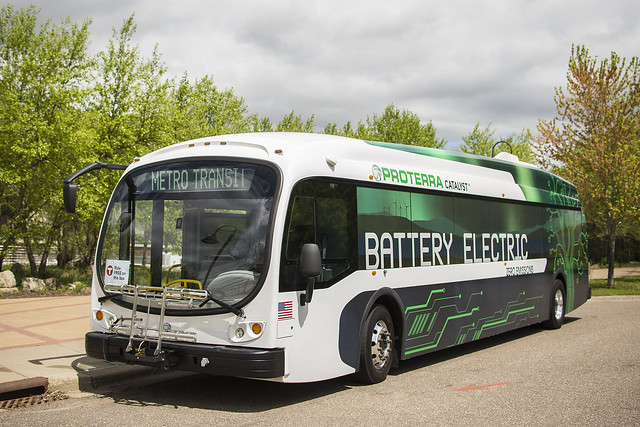As urban centers grapple with the dual challenges of pollution and traffic congestion, the demand for sustainable transportation solutions has never been greater. Among the myriad options available, electric buses have emerged as a viable and transformative alternative to traditional diesel-powered vehicles. Let’s explore the advantages, challenges, and potential of this green technology.
Environmental Impact
One of the most significant benefits of electric buses is their reduced environmental footprint. Unlike their diesel counterparts, electric buses produce zero tailpipe emissions, which helps to improve air quality in urban areas. This is particularly important in cities where vehicular pollution is a major contributor to health issues like asthma and other respiratory conditions. Additionally, as the electricity grid transitions to renewable energy sources, the overall carbon footprint of electric buses as used for bus schedule for bus will continue to diminish.
Economic Viability
While the initial investment for electric buses and the required charging infrastructure can be steep, the long-term economic benefits are compelling. Electric buses typically have lower operating costs due to reduced fuel expenses and decreased maintenance needs. Electric motors are simpler than combustion engines, which means fewer moving parts to break down. Over time, these savings can offset the initial costs, making electric buses a financially sound choice for public transit systems.
Technological Advancements
The technology behind electric buses is rapidly evolving. Advances in battery technology are leading to longer ranges and shorter charging times, making them more practical for everyday use. Some manufacturers are also developing wireless charging systems that could allow buses to charge while en route, further enhancing efficiency. Innovations like regenerative braking, which captures energy typically lost during braking and feeds it back into the system, also improve the overall energy efficiency of electric buses.
Urban Infrastructure
The success of electric buses is heavily reliant on urban infrastructure. Cities must invest in charging stations and supportive facilities to ensure that these vehicles can operate effectively. While some cities are already making strides in this area, the transition will require coordinated efforts between government, private industry, and the community. Furthermore, cities will need to assess their existing bus schedule for bus public transport networks to identify routes that would benefit most from electric bus integration.
Challenges Ahead
Despite the advantages, several challenges remain in the widespread adoption of electric buses. The current cost of batteries can be prohibitive, and concerns about range and charging infrastructure still linger. Additionally, the integration of electric buses into existing fleets requires careful planning to avoid service disruptions. Training personnel to maintain and operate electric vehicles is another essential factor that transit agencies must address.
Key takeaway
With their environmental benefits, lower operating costs, and ongoing technological improvements, they hold great promise for the future of urban transit. However, successful implementation will require substantial investment, thoughtful planning, and a commitment from all stakeholders involved. As cities around the world continue to explore cleaner alternatives, electric buses on bus schedule for bus deployment are poised to play a pivotal role in shaping the future of public transportation. The journey toward sustainable urban mobility is just beginning, and electric buses could very well be leading the charge.
